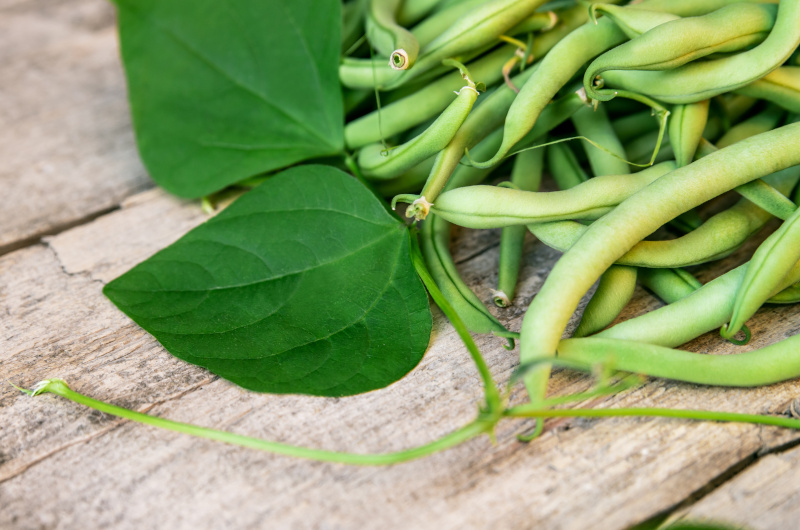How To Grow French Beans
French beans, also known as green beans or string beans, are a delicious and nutritious addition to any vegetable patch. With their tender pods and fresh flavour, they are a popular choice for home gardeners. If you’re interested in growing your own French beans, this comprehensive guide will provide you with the knowledge and tips to ensure a successful harvest. From selecting the right variety to caring for your plants, here’s everything you need to know about growing French beans in your UK garden.
Choosing the Right Variety:
Selecting the appropriate variety is essential for a successful French bean harvest. There are two main types: bush beans and climbing beans. Bush beans are compact plants that don’t require support, making them suitable for smaller gardens or containers. Climbing beans, on the other hand, require trellises, stakes, or netting for support as they grow. Consider your garden space and preferences when choosing between the two.
Timing and Planting:
French beans are warm-season crops, so wait until the danger of frost has passed before planting. In the UK, this is usually around mid to late spring. Ensure the soil has warmed up to at least 10°C (50°F) for successful germination. Prepare the soil by removing any weeds and incorporating organic matter to improve its fertility and drainage.
Sowing Seeds:
Sow the French bean seeds directly into the garden soil, around 5 cm (2 inches) deep and 10-15 cm (4-6 inches) apart. If you’re planting climbing beans, provide support at the time of sowing. Alternatively, you can start the seeds indoors in pots or modules and transplant them outdoors once the seedlings are established.
Sun and Soil Requirements:
French beans thrive in full sun, so choose a location in your garden that receives at least six to eight hours of direct sunlight each day. The soil should be well-drained and rich in organic matter. Prior to planting, work in some well-rotted compost or garden compost to improve the soil’s structure and fertility.
Watering and Mulching:
Keep the soil consistently moist throughout the growing season, especially during dry spells. Water deeply at the base of the plants to encourage deep root growth. Applying a layer of organic mulch, such as straw or compost, around the plants will help retain moisture, suppress weeds, and maintain a more even soil temperature.
Fertilising and Feeding:
French beans generally do not require heavy fertilisation. However, before planting, incorporate a balanced organic fertiliser or slow-release granular fertiliser into the soil. This will provide the plants with essential nutrients throughout the growing season. If necessary, you can also apply a liquid fertiliser every few weeks during active growth.
Pest and Disease Management:
French beans can be susceptible to pests such as aphids and bean weevils. Regularly inspect the plants for signs of infestation and take appropriate measures, such as using insecticidal soap or introducing beneficial insects like ladybirds or lacewings. Proper spacing and good airflow between plants can also help prevent diseases like powdery mildew. If needed, treat any disease issues with appropriate organic fungicides.
Harvesting:
French beans are typically ready for harvest 8-12 weeks after sowing, depending on the variety. Harvest the beans when they are young and tender, before the seeds inside become large and bulging. Gently pick the pods by hand, taking care not to damage the plant. Regular harvesting promotes continuous production.



